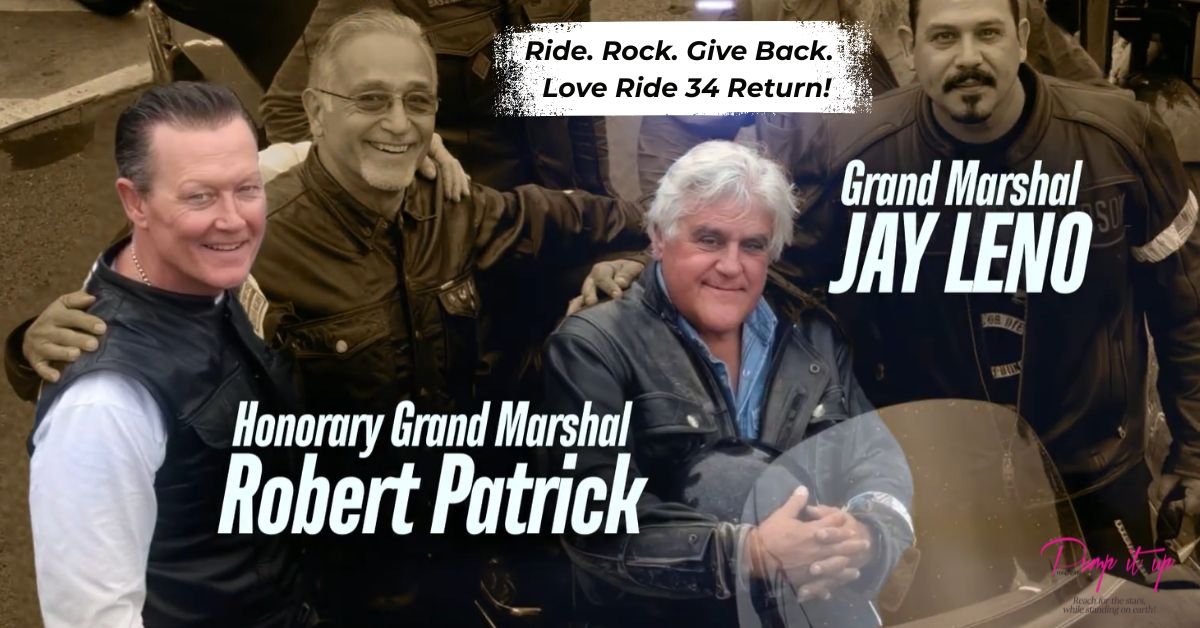Through CMU Insights seminars, masterclasses and conference sessions – not to mention our in-house training courses – we train and educate hundreds and hundreds of music business professionals every year.
CMU Insights also help media, brands and start-ups looking to work with music navigate the industry, and through CMU:DIY offer tips and advice to aspiring artists and those at the very start of their music business careers.
Before CMU Insights jump into the 2017 programme of CMU Insights and CMU:DIY sessions, here are some of the questions asked numerous times at CMU Insights events this year.
1. Aren’t the music industry and the record industry the same thing?
No. The record industry is that part of the wider music industry that creates and exploits sound recordings – so record companies, studios, distributors, CD and vinyl manufacturers, and everyone involved in the creation of records.
Other key elements of the wider music industry include the music publishing sector, that deals in the copyright in songs rather than recordings; the merchandise business, which creates products around the music industry’s visual copyrights and trademarks; the emerging direct-to-fan business; and of course the live music industry.
2. Isn’t the music industry now all about live?
It is true that throughout the 2000s the value of recorded music declined significantly while the live industry boomed, and for many established artists today live is the single biggest revenue stream.
Though it is worth remembering that the live side of the business often has a high ‘cost of sale’, meaning higher revenues don’t necessarily mean higher profits.
From an artist perspective, it’s important to consider how revenues are shared out. In that, on the recordings side the label often gets the majority of the money (because of its upfront investment), while with live the artist often gets the majority of the money. So an artist’s recordings might make more money than their gigs, but the artist themselves makes lots more from the latter than the former.
3. Isn’t the music rights industry all about sync?
No, not really. The sync business – the synchronisation of music to film, TV, ads and games – has certainly grown and is important, and for individual artists and labels can be a big earner.
However, in terms of the record industry at large, globally it accounts for about 2% of revenues (according to the IFPI). True, that’s recordings not publishing – sync will be a bigger slice of the music publishing pie – but overall sync is important, but not quite as important as you might think.
4. Are all those physical sales the result of the vinyl revival?
People are often surprised to hear that 39% of recorded music revenues in 2015 came from the sale of physical product. It’s tempting to assume that’s the much hyped vinyl revival, but it’s not.
True, CD sales continue to decline while vinyl is in growth, but the vast majority of that physical income comes from selling the shiny discs.
Certain markets where CDs still dominate – especially Germany and Japan – skew the figures a little, though CD sales in the UK in recent years – while still in decline – have held up better than you’d probably have expected.
5. What’s the difference between mechanical and performing rights?
Copyright law provides the copyright owner with certain controls over their content. This includes the exclusive right to reproduce the content and then distribute those copies. And the exclusive right to perform the work in public or communicate it to the public (which traditionally meant broadcast).
The reproduction and distribution controls are often grouped together and referred to as the ‘mechanical rights’. The performance and communication controls are often grouped together and referred to as the ‘performing rights’ or – increasingly in the record industry – the ‘neighbouring rights’.
The distinction is most important in music publishing, because the mechanical and performing rights are often licensed separately and sometimes by different entities. So as a licensee it’s important to work out which elements of the copyright you are exploiting. It might be both.
6. How does a collecting society know who to pay?
The truth is, sometimes they don’t. Where collective licensing applies – eg radio, live performance, when recordings are played in a public place – a collecting society provides the licence, collects the money and distributes it back to the artists, labels, songwriters and publishers whose music has been used.
Some licensees – eg radio – usually provide decent data of what songs and recordings they’ve actually used. But some – like that greasy spoon café in Inverness – don’t. So sometimes the societies have to employ other methodologies – maybe market share, or market research or, with some societies, entirely mysterious equations – to work out how to distribute the money.
7. How do you know who owns a music copyright?
With some difficulty. In most countries there is no copyright registration – the copyright exists as soon as a work is created and the law tells us who the default owners are. Therefore ownership information isn’t being logged with any registry.
On the recordings side, chances are whichever label released a record – which is information Amazon and the streaming services usually provide – owns or at least controls the sound recording copyright. Though not necessarily, as rights can be sold and different labels might control the same recordings in different territories.
Meanwhile on the publishing side, where copyrights are routinely co-owned (because songs are often co-written), it’s even harder to identify owners. The collecting societies usually have the best databases, though they often aren’t publicly available. This, of course, has created lots of challenges in the digital domain and the need for better music rights data is a big talking point.
8. Which social media matter most for music?
It depends, I’m afraid, on the demographics of your fanbase and where they live. In Western markets Facebook and Twitter are probably still most important, the former because it’s simply the biggest and the latter because it remains influential within the industry and amongst opinion formers.
If you have a younger fanbase, chances are they are not active users of either of those. Instagram will be more important for younger fans, closely followed by Snapchat.
New artists also need to be on YouTube and SoundCloud, whatever the licensing issues may or may not be, because it’s where people often go looking for artists or tracks they’ve just discovered (SoundCloud with industry and early adopters especially).
9. Do music magazines matter anymore?
Yes, actually they do. While it is true that print music magazines are generally selling fewer copies year-on-year, online they are likely talking to more people now than ever before. The bigger music websites are also talking to audiences well above the reader numbers achieved by traditional print music magazines during their heyday.
The music magazines are particularly influential when it comes to new artists, both within the industry and among early adopter fans, who are often the people adding new music to their playlists on Spotify and Apple Music, kickstarting that all important playlisting algorithm.
10. Why do artists still sign record deals?
Yeah, given artists complain a lot about record companies, why do so many still do label deals? For new artists, the key attraction is investment. Although there are other ways to raise money – grants, fan-funding, distributor advances – if a new artist needs a significant cash injection to accelerate their career, labels are still the most likely to invest.
For more established artists, often it’s the comfort of working with people you know and trust, and the marketing and distribution infrastructure and expertise that labels bring to the table. Though the artist-manager-label relationship is slowly evolving, and while artists look set to work with labels for the foreseeable future, the nature of the deals will likely change over time.
For more details on the CMU Insights seminars and masterclasses click here. For more information on our in-house training services click here.







